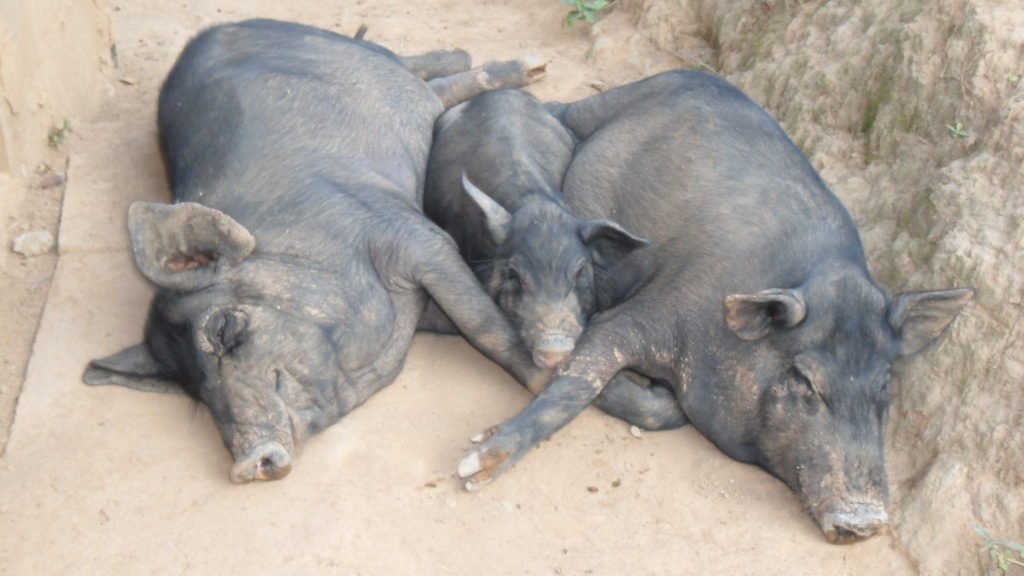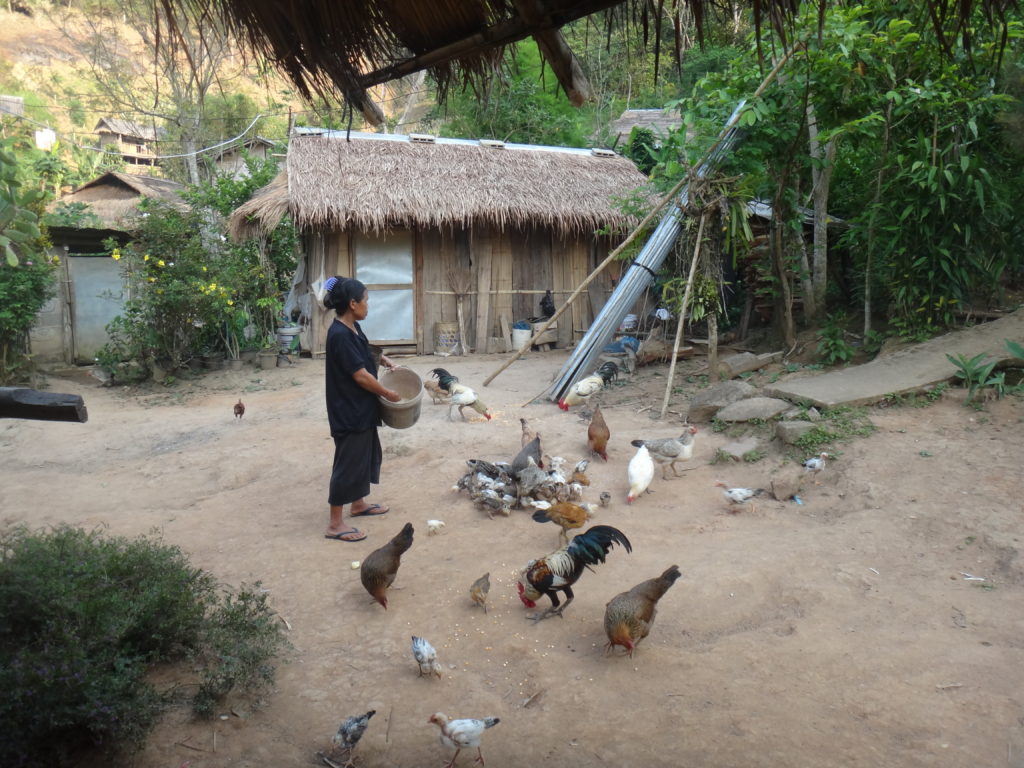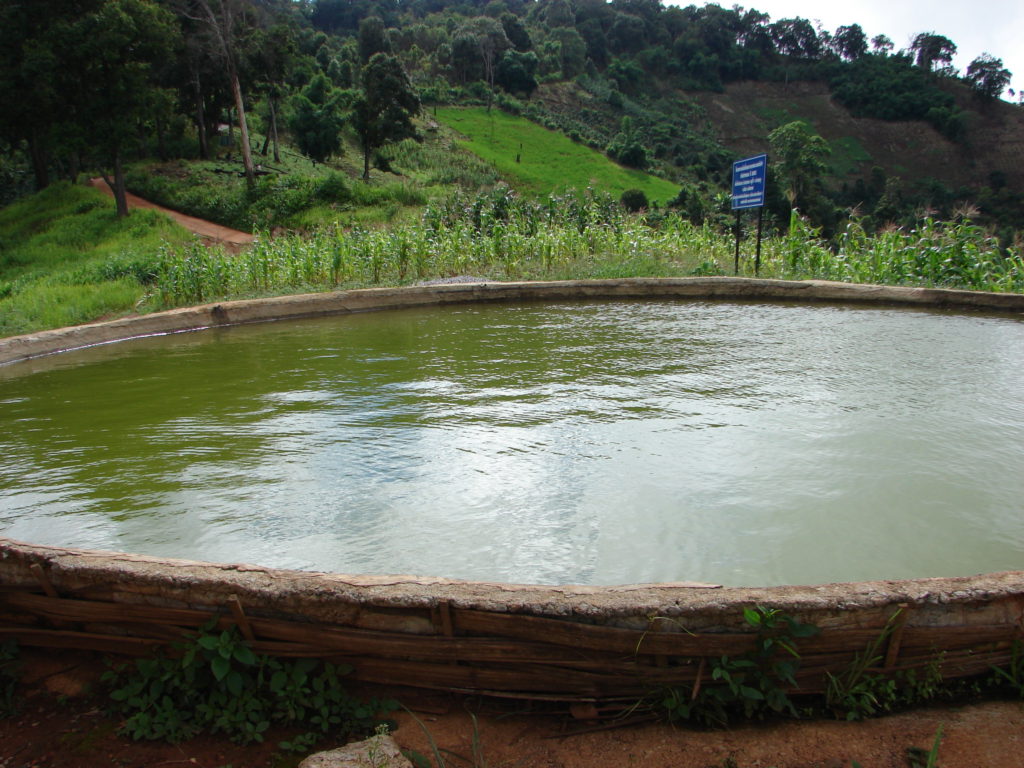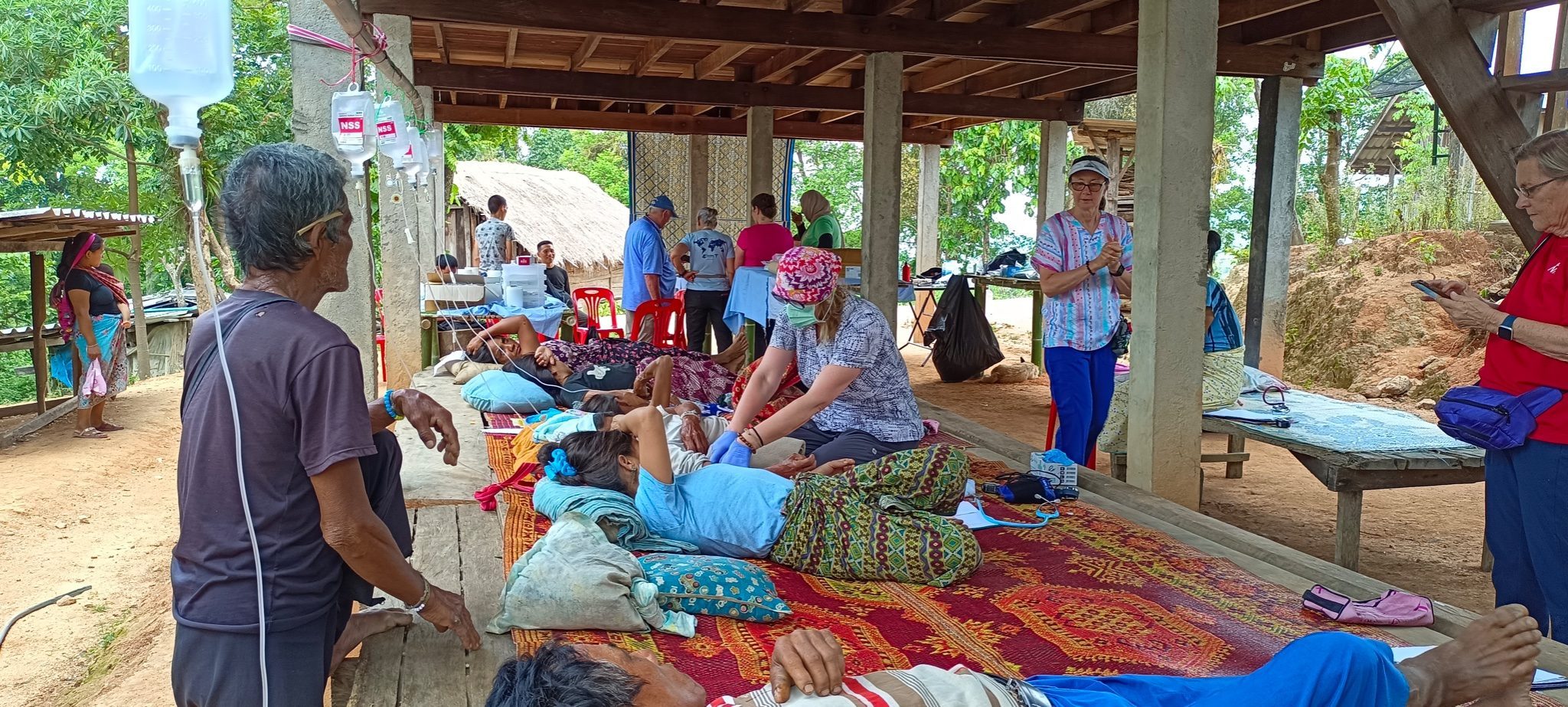The main problems in highland areas are limited cultivation land and low productivity followed by health care problems, drug problems, education and citizenship. People’s awareness on the importance of natural resource conservation varies from one area to another.
In terms of occupation, agriculture is the main economic activity of tribe people. The cultivation pattern changed from slash-and-burn to dry and wet rice production, due mainly to the scarcity of slashable land. The average size of land holding is very less or none per household. Most agricultural areas have no land rights, as they are located in forest reserve areas. Hill tribe people have low income, due to the fact that their production is only for self-consumption and not for sale. Most of them do not dispose of any financial means to change their occupation.
Tribes live off their land and livestock, purchasing things only when necessary.
They mainly live on rice, bamboo shoots, maize, and chillies, some of which, rice, chillies, maize, they grown in the hills.
Due to consumption of carbohydrates for stable food, malnutritions among adult men and women, and undernourished children are mostly seen in the tribes.
An essential dietary nutrient is a substance that a person needs to consume in order to live, grow and be healthy. Macronutrients (protein, carbohydrate and fat) are generally consumed in large amounts. Carbohydrate and some fat are converted to energy, while protein and some fat are used to make structural and functional components of human tissue. Micronutrients (vitamins and minerals) are consumed in small amounts and are essential for metabolic processes. Macronutrients and micronutrients work together to contribute to tissue regeneration and cellular integrity.
Severe acute malnutrition (SAM) accounts for approximately many child deaths per year. High mortality is linked with comorbidities, such as diarrhea and pneumonia.
Malnutrition in children is a great challenge in the tribe nations, being directly or indirectly accountable for many child deaths annually,
In developing tribes, a common cause of diarrhea is enteric infection, which, when associated with underlying malnutrition, could lead to villous blunting and, as a result, impaired carbohydrate absorption. In turn, significant decreases in carbohydrate absorption can lead to severe osmotic diarrhea.
TB and malaria are two of the contagious diseases related to poverty and undernutrition.
To combat malnutritions and increase livelihood, and for overall health and wellness of the tribe communities, we started this livestock project 15 years ago.
Tribes consume them for nutritions and sell them for cash.
Here we are bringing this long-lasting health and economic outcome to the tribes.
Initially we started giving a family a couple of pigs, male and female, which produce dozens of piglets that are then split to different families in the villages.

The splitting goes on and on until every family has some sort of livestock.
Villagers also raise chickens, ducks and cows.

Pigs and chickens are one of the main source of foods and cash.
We also build and install fisheries in the villages.

All these livestocks are the main source of food and income for the communities.
All That Is Not Given Is Lost
